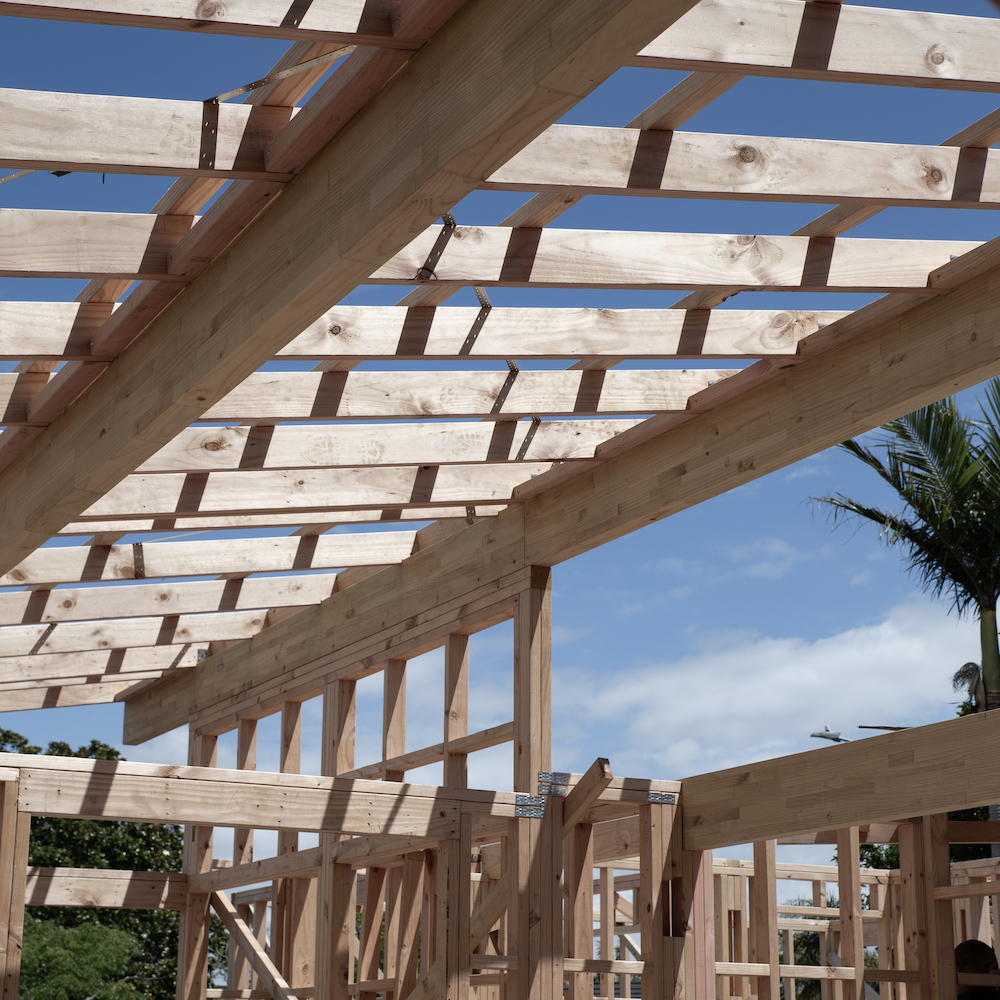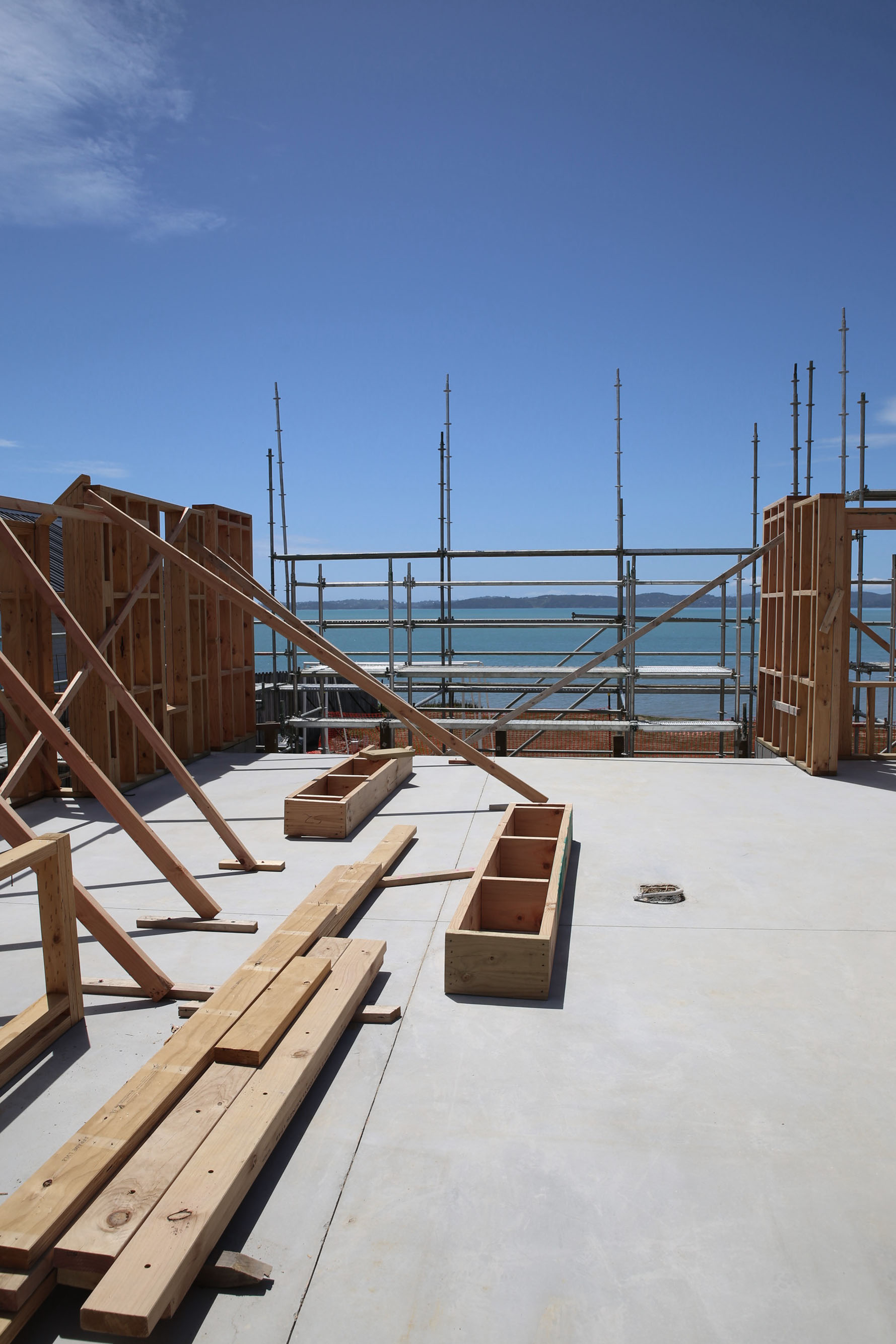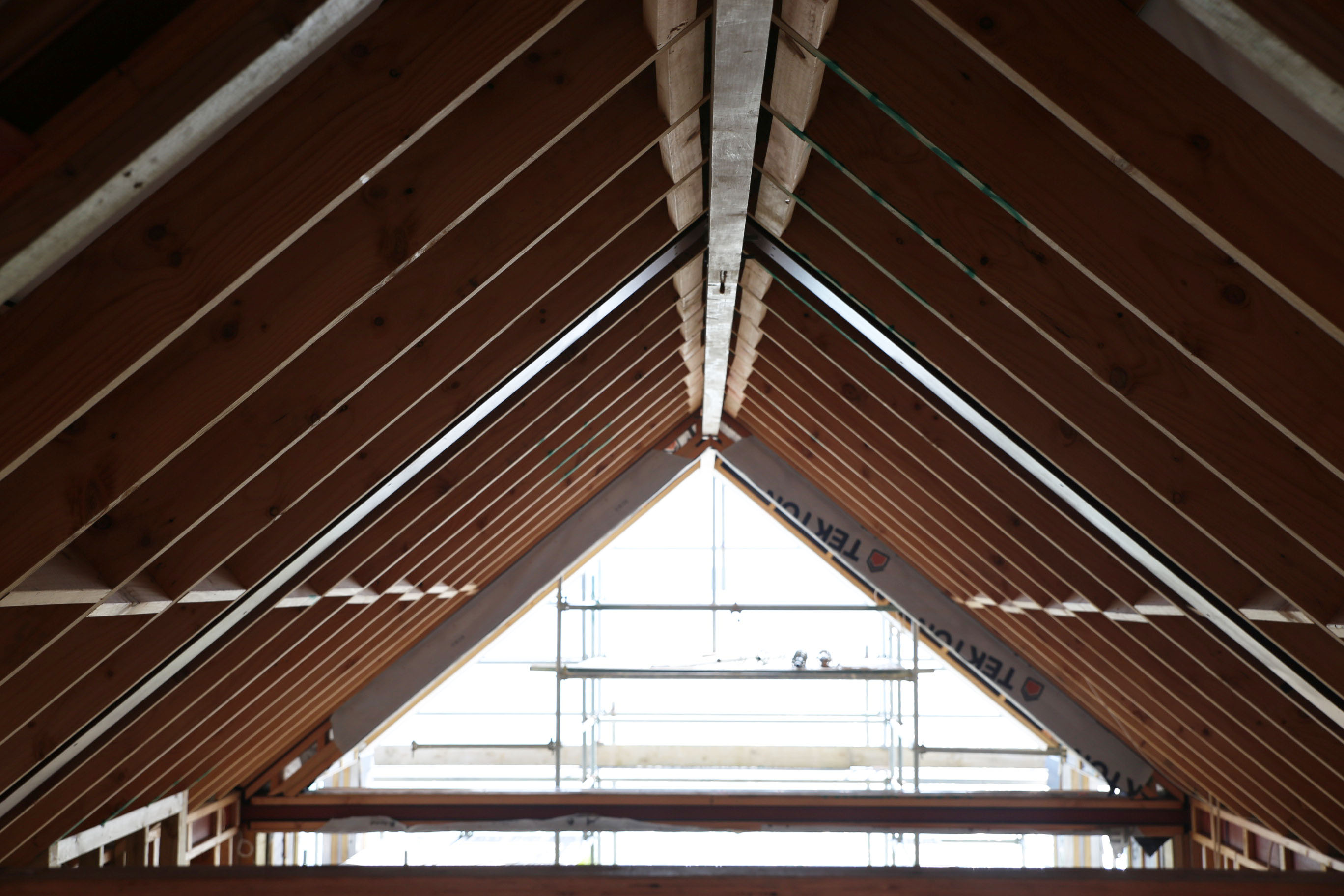Construction & Covid
How do you mitigate risk in a Pandemic?
The risk when you are building is not only in terms of health, but for many construction projects at the moment, it relates to cost and time as well.
When you are at the design stage of any Construction project, you must necessarily assess the health and safety risk of not only the end users of the space (from cleaning windows to changing lightbulbs) but you also have to consider the health of the construction workforce who will be making that building. Safety risk registers are designed to pass on health and safety risk information everyone has a part in 'designing' out high risk areas, and mitigating that in some way at each stage of the process. There is information that is provided HERE regarding government recommendations on construction sites during the different levels that are to be practiced in order to mitigate the spread of the virus through good practice of hygiene and distancing and contract tracing - basically there are proven methods that can be employed to reduce the health risk for those on site.
The same principle of mitigation can be applied from a cost perspective. When there are periods of high cost instability, extreeme material delays and shortages, lockdowns, and a high demand for services there are a few key things that can be done to mitigate the risk. It may not completely eliminate the risk of cost increases, but the more you are aware of some methods you can employ, the better chance your project, and your sanity, will come through the other end intact.
1. Cost estimate.
Always get a cost estimate at Concept stage, we then recommend another cost check at a more advanced level of the Design stage. This can be done by a builder, but it can always be done by an independent Quantity surveyor. You need to consider this a design tool to shape the project as that is fresh cost data to use, and adjust the design accordingly. Ensure you engage expert costing advice and written breakdowns at an early stage. Consider this your cost risk register that you review at each stage of the project.
2. Contingency Layering
There should be several layers of contingency. At the Concept stage you should be allowing for a DESIGN DEVELOPMENT contingency because at this stage there will be a lot of assumptions made, there is no engineering completed, and it is early days in the design details. The design contingency reduces the further you go into documenting the project. You will also need to allow for a COVID contingency which will allow for a measured buffer for cost and time increases during both the design stage (consultants/council time frames) and the construction stage - this is the one specific to this period of price escalation and potential delay. Finally there is as standard CONSTRUCTION contingency - which generally for a new build may be 10% and for a renovation (depending on complexity) would be set higher. There may be specific trades that require an additional contingency on site. A quantity surveyor needs to set these figures in proportion to the construction market context.
3. Contract.
Get your lawyer to very carefully review ANY construction contract, especially if it is a 'Cost reimbursement' contract. Within these contracts the CLIENT takes on the cost risk increases, rather than the builder. In standard construction periods, a builder offers a 'fixed price' with a substantial 20-30% contingency built into the price to accommodate the risk of price increases etc .... if this cost risk under a cost reimbursement contract is now YOUR risk, then you really need to consider having your own buffer in your funding arrangements. A lawyer should review all contracts and specifically look at the clauses around variations and fluctuations. Under an Architects SCC contract there are some tools that can be used to review any price changes prior to expenditure. Ensure that you are familiar with such tools in whatever contract you have with your builder.
4. Creative design.
It's seriously difficult for projects already on site to avoid the current material and product supply issues - being designed, documented and under construction they are vulnerable to cost escalation, this is where the contingency is important. For those on the drawing board, there is more opportunity to look at different materials, sources, local products and also adjust some of the area or scope that is built accordingly. You will need to get a little creative with build expectations and let go of thoughts about what you 'should' afford - because while these global issues continue, it is simply a different playing field. It doesn't mean you have to build a bland box, or choose the cheapest product, or cheapest builder, those will have longer term cost implications. It is a pivot moment to think - how can be build differently, what is our design response to these conditions, how can we still design beautifully, sustainably and creatively without breaking the bank, and ensuring that we have enough buffer up our sleeves to accommodate the unexpected.
You and your architect may also need to consider the risk of material & time delay while on site when you are at the design stage - is a scaffold and cover worth investing to protect the build, are you able to source RAB/plwood board rather than wrap to have the house enclosed earlier, what materials can be ordered well in advance.
There will be a period when the supply and prices settle again. Risk mitigation by getting expert costing, legal and design advice specific to the current environment will go a long way to help you on your construction journey.


